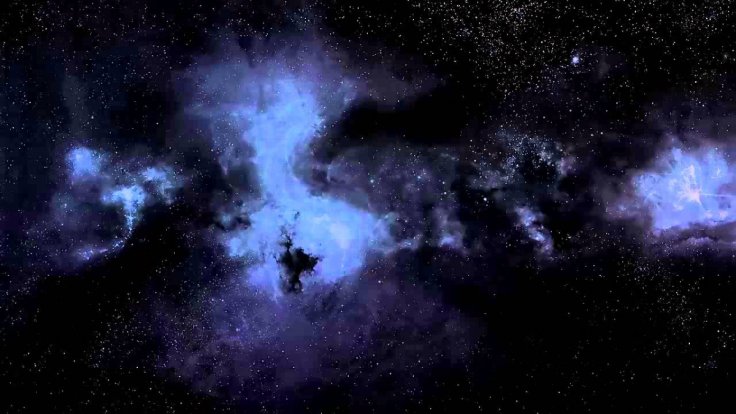
The year 2017 has been quite an eventful year for the astronomers and space buff as a number of amazing discoveries in the space were made leading to new information. IBTimes Singapore has compiled the top 5 space events and findings that took place this year.
1. Farming could be possible on Mars:
According to a team of researchers from Wageningen University and Research (WUR), Netherlands, human colonisation on Mars could be possible in future as they were succesul in growing two worms in Martian soil in an experiment.
During the pioneering experiment, the researchers used volcanic terrestrial rocks to create synthetic Martian soil. Thus, the researchers hope that they can grow crops on the Red Planet one day as worms play a crucial role in farming. In addition to this, the experiment also led to the finding that the worms seem to work better in the Martian soil in comparison to Earth's soil.
2. Most distant supermassive black hole
Astronomers recently revealed that they have found the farthest known supermassive black hole and its mass is 800 million times the mass of the Sun. The researchers said that the mass of the supermassive black hole was too huge for its age.
"This black hole grew far larger than we expected in only 690 million years after the Big Bang, which challenges our theories about how black holes form," study co-author Daniel Stern of NASA's Jet Propulsion Laboratory in Pasadena, California said.
The astronomers believe that some special conditions must be required for the rapid growth of black holes and become so huge in the early universe.
3. Mysterious interstellar space rock passes through our solar system
Astronomers have observed a fascinating asteroid, which whizzed through our inner solar system on a vertical route from interstellar space. The asteroid, which has been named Oumuamua, is the first ever confirmed interstellar object in recorded history.
Using the Pan-STARRS 1 telescope in Hawaii, the experts have said that the space rock is 400 metres long, rocky and cigar-shaped with a reddish hue. The astronomers have speculated it to be an alien starship.
Stephen Hawking, the famous physicist, has stated that the large cigar-shaped asteroid dubbed Oumuamua is something people should be aware of as it could be a part of an alien probe or an unseen natural phenomenon.
"Researchers working on long-distance space transportation have previously suggested that a cigar or needle shape is the most likely architecture for an interstellar spacecraft since this would minimise friction and damage from interstellar gas and dust," Hawking told Daily Star.
However, the astronomers are still conducting research on this interstellar space rock to know its exact origin.
4. NASA discovered a mini solar system with the help of Google AI
For the first time in history, NASA has discovered the eight planet orbiting a distant star named Kepler-90 which is located 2,545 light-years from Earth in the Draco constellation, by using Google's artificial intelligence or AI. Kepler-90 is located in constellation Draco and is similar to the Sun.
The new planet, which is hot and rocky, has been named Kepler-90i. It orbits its parent star once in every 14.4 days. Kepler-90i was found using machine learning which is an approach to artificial intelligence in which computers "learn" from Google.
This latest finding has revealed that other stars similar to the Sun exist too that can host a crowded planetary system. "In this case, computers mastered the techniques of identifying exoplanets by finding in Kepler data instances where the telescope recorded signals from such elusive objects outside our solar system," an IBTimes report stated.
5. Dwarf planet Ceres found to be evolving
Earlier astronomers used to believe that dwarf planet Ceres was a dead world but the images that were sent by NASA's Dawn spacecraft has proved that they were wrong. Those photographs showed hundreds of mysterious bright spots that pointed towards the planet being an evolving world.
"The mysterious bright spots on Ceres, which have captivated both the Dawn science team and the public, reveal evidence of Ceres' past subsurface ocean, and indicate that, far from being a dead world, Ceres is surprisingly active," Carol Raymond, deputy principal investigator of the Dawn mission, said in a statement.
"Geological processes created these bright areas and may still be changing the face of Ceres today," he added.








